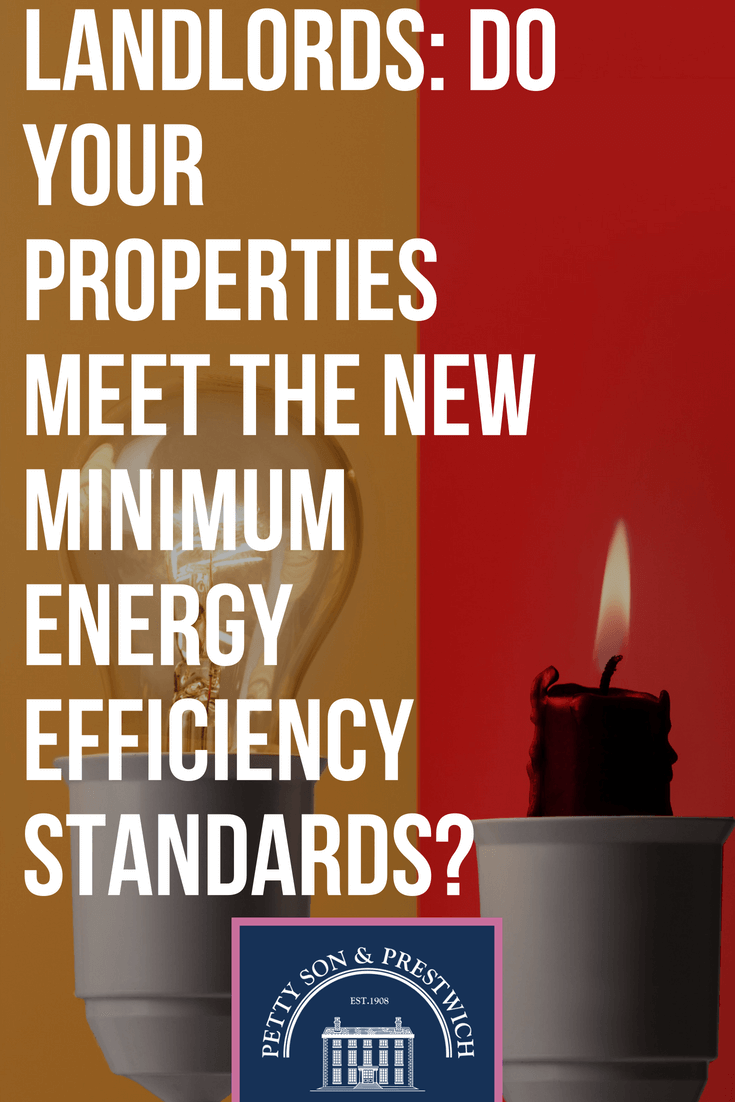There have been lots of regulatory changes for landlords over the last couple of years, and the new directives keep on coming. The next big one is due to land in April 2018 and compliance is vital. So, the question is, Do the properties in your portfolio meet the new Minimum Energy Efficiency Standards (MEES)?
What is MEES?
Before we explore compliance, it’s important to lay out exactly what MEES is and why it’s being brought in. MEES is being introduced by the Government to give landlords of commercially-let properties guidelines as to what is expected of them in terms of energy efficiency, hence the full name: Minimum Energy Efficiency Standards.
As of April next year (2018), landlords will no longer be able to issue a long-term (6 months or more) tenancy for any property which doesn’t have an EPC rating of ‘E’ or better. This includes both new tenancies and renewals, which is why it is absolutely essential for all landlords to know about the upcoming changes.
Why are these Minimum Energy Efficiency Standards being introduced?
The main reason for the introduction of MEES is to help the UK Government hit their carbon reduction targets. The Government has made a commitment to reducing carbon emissions by 2030, and inefficient housing is on their hit list. Furthermore, they’ve also pledged that all buildings must have next to no CO2 emissions by 2050, so this move is part of a long-term initiative.
While this may seem like another ‘dig’ at landlords, it’s important to see the bigger picture. A well insulated home with up-to-date heating systems installed is likely to attract greater numbers of better quality tenants. It will also increase the property’s value and have a positive impact on the planet, so it’s not all bad news.
What do you need to do?
The first thing you need to do is check the EPC ratings for all of your properties. If any fall below the required rating (non-compliant properties will be F or G), work will need to be carried out in order to improve the energy efficiency of each non-compliant property.
Once work has been completed, the home will need to be reassessed to ensure that the energy efficiency improvements you’ve made have sufficiently improved the property’s EPC rating.
What penalties will you face if your property is non-compliant?
Obviously, as a reputable landlord, this will be of no concern to you, but it’s still good to know what will happen if you refuse to upgrade the energy efficiency of your properties.
Financial penalties of up to £5,000 can be handed out for non-compliance. Any landlord who provides misleading or false information when required by the PRS Exemptions Register will incur a £1,000 penalty and a £2,000 fine will be issued should you not comply with any compliance notices given to you.
The breakdown of possible fines will be split between tenancies lasting up to 3 months of non-compliance and those which are longer than 3 months. The former will be fined £2,000, while anyone found to be in breach of the regulations for longer than 3 months will be hit with a £4,000 penalty.
All cases of MEES non-compliance will be published and, while there is a £5,000 maximum for every offence, landlords can be fined further should there be a change of tenant or the regulatory backstop comes into effect.
As you can see, compliance is vital and it’s far better to be proactive rather than reactive. April 2018 will be here before you know it, so we strongly recommend you start putting together a plan of action straight away.
If you’re a landlord in and around East London and West Essex and would like further advice on MEES or any other issues you may be facing, please do not hesitate to get in touch. Our expert lettings team are alway happy to help and they’re only a phone call away. Contact them on 020 8989 2091 today.
